Hycor Passive Filters + Smaltec HP/LP
Mixing Filters Pack 3 is very different from 1 and 2. For Nebula.
Product Description
An old Hycor 4200 passive filter unit was sampled extensively, providing many different ways of shaping your audio frequency spectrum. Most of the programs made from it here should be thought of less as typical HP/LP filters (although you do get some of those), and more as unique sound sculpting tools. They may be more useful thought of as sound design tools rather than mixing tools, but can be used in either case. A ‘Smaltec’9880A active filter was also sampled and it provides another set of the more standard HP/LP filters.
I’ve seen threads at Gearslutz that suggested that the Hycor model may have been used at Motown. I also found that a lot of the old passive filter units made by various companies back then may have used very similar or even identical designs (for example the Langevin ones). The ‘Smaltec’ unit isn’t quite as interesting, but combined with the Hycor programs in this library you get a nice variety of filters for mixing use. Both units work by switching between the HP/LP cutoff positions(not continuously variable cutoff, in other words).
The Hycor is the real star of the show here because the unit itself has multiple inputs and outputs which I quickly discovered produce different results depending on how you interfaced with the unit through them. The various programs I’ve made from it include:
- A combo HP/LP program, where the filters provide something more like high and low cutting shelves rather than actual HP/LP filters, and include a wide, high, resonant peak at the cutoff point(s). This program can be very cool for creative sound sculpting. Setting both filters close together can give some really unique band-pass effects, similar to my tube radio libraries (but different, much cleaner). 8 selectable positions for each filter. Also don’t forget that you can dial back the effect by using the ‘amount’ control. I really enjoy this one for things like electronic percussions, to get different effects.
- Another set of separate HP/LP filter programs which produce similar filter shapes to the combo programs, but with deeper cuts in the ‘shelves’.
- A 3rd set of HP/LP filters, which were ‘enhanced’ by me, using a very transparent technique I came up with (applying an amplitude envelope to the recorded tone sweeps) to remove the resonant peak found in the previously mentioned set, and also to provide more of a cut, so they function as actual HP/LP filters instead of like shelves. These also have very sharp filter slopes. Nothing I did to make these affected the tone at all, just the filter shapes.
- Yet another set of separate HP/LP filter programs. This set is a bonus, and provides some alternate filter shapes (mostly with no resonant peak) and cutoff positions for these types of filters. The freq response shapes aren’t perfect or like you might expect from a typical HP or LP filter, but they can still be useful.
- Peak filters! There is a program with 10 frequency positions, each giving a wide peak. A band gain control allows you to start from a flat response and increase the peak up to around 15dB.
- Notches! 21 selectable frequency positions, most providing deep, sharp notches and many also with strange quirks such as boosted or attenuated frequencies above the notch, and some with additional mini-notches at other frequencies.
- Troughs. 14 selectable positions for what are basically wide notches/dips. With these, the peaks, and the notches, the frequency response can be a little unusual in some settings, so these aren’t perfect peaks/notches for precise EQ work. But again, they can be great for sound design.
- Two ’tilt’ bandpass programs. These offer several settings which transition from a bandpass filter tilted towards the bass frequencies, to one tilted towards treble. Both tilt programs have differently shaped band-pass profiles (again here, some settings look/sound very similar to some of my tube radio programs’ responses).
- You also get a pass-through program made without any filtering, just the signal going through the unit for a little tone. This is very subtle.
Last there’s the Smaltec stuff. You get an HP and a LP, each with several different selectable cutoff points (and also a preamp style pass-through program for tone without filtering). You get many more selectable cutoff points here, and in the probably more commonly needed freq ranges, than in my previous two Mix Filters releases. The filtering is very typical in these programs as opposed to the Hycor ones. They usually have a ~16db/oct slope, but not always. Here’s the cutoff points:
- HP (in Hz)- 50, 60, 70, 90, 120, 140, 180, 220, 280, 350
- LP (in kHz)- 1.3, 1.6, 2.1, 2.6, 3.1, 4, 5, 6, 7.2, 9
On last cool thing I’d like to point out is that with this set I developed a new control, which I call ‘Amt’. It acts like a wet/dry control except that the ‘dry’ portion was actually still sampled going through the hardware (using the pass-through samples). So at default setting you just get the HP/LP (or other) filtering, but adjust it down to 0% and you get no filtering with a flat response. The in-between settings are where cool things happen. With the HP/LP filters you get a cutting shelf. You can think of it as a way to add back in some of the signal that got filtered out, or you can use the control to use the HP/LP programs as cutting shelves instead of HP/LP filters. With the peak filters you can use it to lower the amount of peak boost.
Comments
Would you like to submit yours?
Add a comment
I'm doing these audio clips a little bit differently from usual. I'm only using the same clip (an electronic full mix) for all of them. So the dry version of it will be separate and all the other clips only contain processed (filtered) audio. Refer back to the dry clip whenever you need to hear it again.
Dry-
This first one shows some different combinations of settings using the Hycor combo programs. This one is great for sound design, sculpting sounds with unusual filtering, stuff like that.
This one shows some (not all!) settings of the Hycor HP by itself.
Some but not all settings of the Hycor LP by itself,
Some but not all settings of first the enhanced Hycor HP and then the enhanced LP, These work really well for very clean sounding but steep HP/LP filters.
Some but not all settings of first the bonus Hycor HP shapes, then the LP bonus filter shapes. These are just more HP/LP filters but with kind of unusual freq responses. Still very useful and interesting.
Some but not all settings of the Hycor Peak boosting program.
Some but not all settings of the Hycor Troughs program.
Some but not all settings of the Hycor Notches program.
Now we get to the Smaltec. Some but not all settings of the Smaltec HP-
And last, some but not all settings of the Smaltec LP.



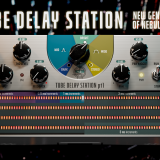
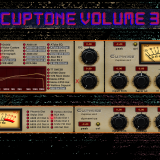
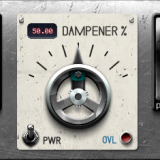
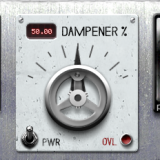
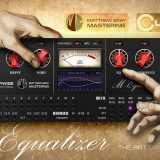
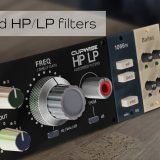
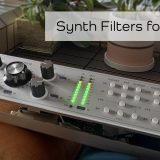

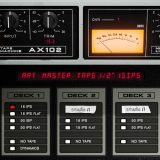
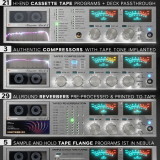
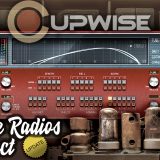
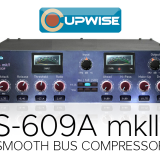
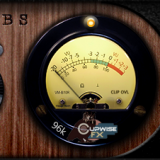
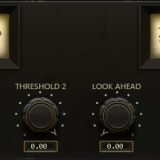

MC (verified owner) –
oil spills, charlie, your forehead on a first date…. some sheens aren’t great. fortunately the hycor gives things a sheen only comparable to what you could find at a classic car show under the summer sun. the smalltec is solid. it does the job, but the hycor i find myself reaching for because it’s really got its own feel- unique amongst all my other plugins.
buy this plugin and enjoy it. It’s now a part of my go to filters, I own all of cupwises and they naturally ALL find their own spots in my music. as charlie said “If you’re a part of my family, I will love you violently.”